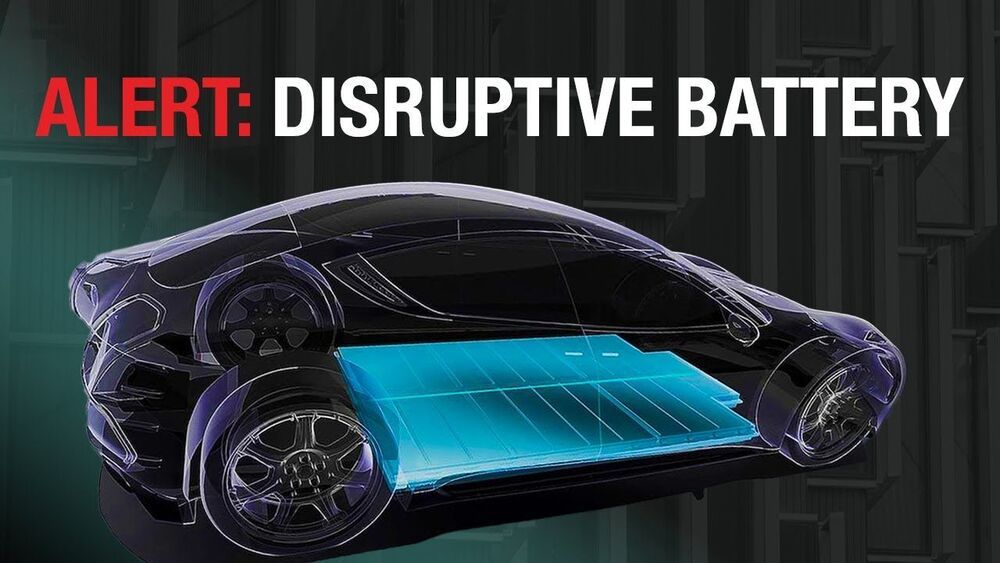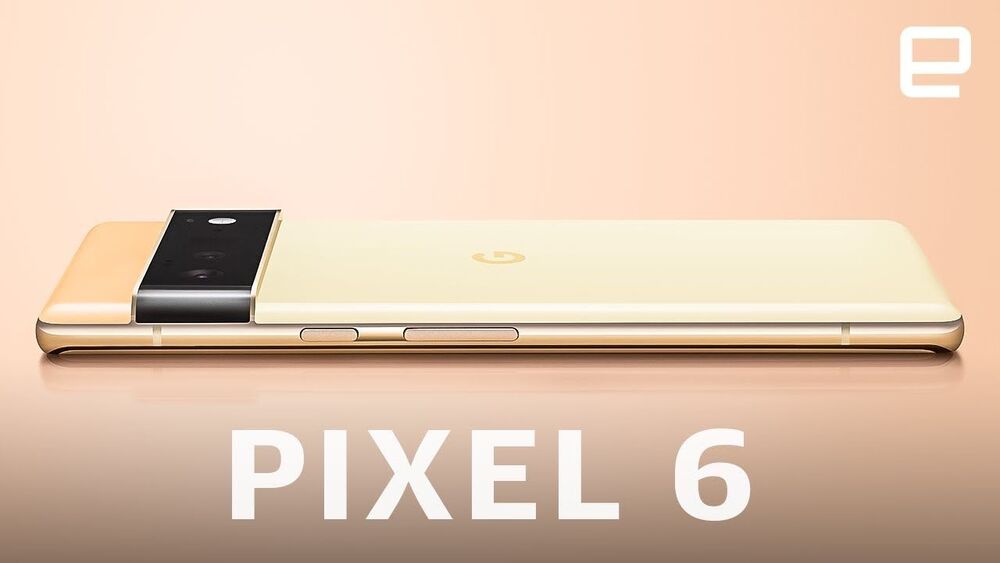Aug 18, 2021
A 5G Shortcut Leaves Most Phones Exposed to Stingrays
Posted by Genevieve Klien in category: mobile phones
You may not have the full story about what network you’re on—and how well you’re protected.
You may not have the full story about what network you’re on—and how well you’re protected.
Circa 2019
An add-on device for smartphones could replace blood glucose meters for measuring blood sugar. Blood sugar measurements are essential for diabetes patients who need to know their blood glucose concentration in order to regulate it with insulin. Failure to do so might result in complications from the disease. The device, designed by researchers in Taiwan, achieved 100% accuracy in a test with 20 blood samples from diabetes patients (J. Biomed. Opt. 10.1117/1.JBO.24.2.027002).
The researchers designed a compact device containing no electrical components that can be used in combination with a smartphone. The light from the smartphone’s display reflects onto the blood glucose test site (BGTS) inside the device, which contains a colorimetric test strip. The user adds a blood drop to the test strip, which is then assessed for a colour change using the phone’s front camera.
Continue reading “Smartphone camera measures blood glucose concentration” »

This next jump in battery-tech could solve a lot of EV problems.
The world of the internal combustion engine will sadly, but very necessarily, come to a close at some point in many of our lifetimes. Hybrids and electric vehicles are becoming more affordable and more advanced at a rapid pace, which means batteries are taking the place of fossil fuels. This has led to an equally rapid progression in battery technology, with the main goals of improving capacity, charging times, and safety. One major advancement in this field is the advent of solid-state batteries, which promise to push the boundaries of the limitations that current lithium-ion batteries carry.
Continue reading “What You Need to Know About Solid-State Batteries” »
One of the biggest factors affecting consumer adoption of electric vehicles (EVs) is the amount of time required to recharge the vehicles—usually powered by lithium-ion batteries. It can take up to a few hours or overnight to fully recharge EVs, depending on the charging method and amount of charge remaining in the battery. This forces drivers to either limit travel away from their home chargers or to locate and wait at public charging stations during longer trips.
Why does it take so long to fully charge a battery, even those used to power smaller devices, such as mobile phones and laptops? The primary reason is that devices and their chargers are designed so the rechargeable lithium-ion batteries charge only at slower, controlled rates. This is a safety feature to help prevent fires, and even explosions, due to tiny, rigid tree-like structures, called dendrites, that can grow inside a lithium battery during fast charging and induce short-circuits inside the battery.
To address the need for a more practical lithium-ion battery, researchers from the University of California San Diego (UC San Diego) worked with scientists at Oak Ridge National Laboratory (ORNL) to conduct neutron scattering experiments on a new type of material that could be used to make safer, faster-charging batteries. The researchers produced samples of lithium vanadium oxide (Li3V2O5), a “disordered rock salt” similar to table salt but with a certain degree of randomness in the arrangement of its atoms. The samples were placed in a powerful neutron beam that enabled observing the activity of ions inside the material after a voltage was applied.
Following the industry trend of tech giants manufacturing their own processors, the company will start putting bespoke silicon in its mobile hardware.

Rick Osterloh casually dropped his laptop onto the couch and leaned back, satisfied. It’s not a mic, but the effect is about the same. Google’s chief of hardware had just shown me a demo of the company’s latest feature: computational processing for video that will debut on the Pixel 6 and Pixel 6 Pro. The feature was only possible with Google’s own mobile processor, which it’s announcing today.
He’s understandably proud and excited to share the news. The chip is called Tensor, and it’s the first system-on-chip (SoC) designed by Google. The company has “been at this about five years,” he said, though CEO Sundar Pichai wrote in a statement that Tensor “has been four years in the making and builds off of two decades of Google’s computing experience.”
Continue reading “Google’s own mobile chip is called Tensor” »
Starting September 27th.
If you still have a device running Android 2.3.7 (the final version of Gingerbread) or older, Google won’t let you sign in to your Google account on that device starting September 27th, according to a support document (via Liliputing).
“As part of our ongoing efforts to keep our users safe, Google will no longer allow sign-in on Android devices that run Android 2.3.7 or lower starting September 27, 2021,” the company says. “If you sign into your device after September 27, you may get username or password errors when you try to use Google products and services like Gmail, YouTube, and Maps.”
Continue reading “Google soon won’t let you sign in on very old Android devices” »
The Australian company LAVO has developed a hydrogen storage system for domestic solar systems. It is the world’s first integrated hybrid hydrogen battery that combines with rooftop solar to deliver sustainable, reliable, and renewable green energy to your home and business. Developed in partnership with UNSW, Sydney, Australia, and Design + Industry, the Hydrogen Battery System from LAVO consists of an electrolysis system, hydrogen storage array, and fuel cell power system rolled into one attractive cabinet. When the electricity from the solar system on the roof is not needed, it is stored in the form of hydrogen. This then serves as fuel for the fuel cell when the solar system is not supplying electricity.
However, LAVO’s hydrogen hybrid battery delivers a continuous output of 5 kW and stores over 40kWh of electricity – enough to power the average Australian home for two days on a single charge. The system is designed to easily integrate with existing solar panels, creating a significant opportunity for LAVO to have an immediate and notable impact. There are Wi-Fi connectivity and a phone app for monitoring and control, and businesses with higher power needs can run several in parallel to form an intelligent virtual power plant.
Hydrogen is often incorrectly seen as an unsafe fuel, usually due to the 1937 Hindenburg disaster. However, the company says any leaks will disperse quickly, though, making it inherently no more dangerous than other conventional fuels such as gasoline or natural gas. This innovation has a lifespan of approximately 30 years, which is three times longer than that of lithium batteries, thanks to its reliance on hydrogen gas rather than the chemicals in a conventional battery.
Continue reading “World’s first home hydrogen battery powers an average home for two days” »
Forget Google Search and Fuchsia. Researchers from Google, Stanford, Princeton, and other universities might have made a computer discovery so big we can’t fully comprehend it yet. Even Google researchers aren’t entirely sure that their time crystal discovery is valid. But if it turns out to be accurate, then Google might be one of the first companies to give the world a crucial technological advancement for the future. Time crystals will be an essential building block in quantum computers, the kind of computers that can solve complex problems with incredible speed and power technologies that aren’t even invented.
What is a quantum computer?
Google isn’t the only company building quantum computers, and these types of machines keep popping up in the news with regularity. Quantum computers won’t reach your phone, and they’re not going to play games. Even if they did, Nintendo will totally ignore the latest computer technology when designing future consoles.
“I am used to being harassed online. But this was different,” she added. “It was as if someone had entered my home, my bedroom, my bathroom. I felt so unsafe and traumatized.”
Oueiss is one of several high-profile female journalists and activists who have allegedly been targeted and harassed by authoritarian regimes in the Middle East through hack-and-leak attacks using the Pegasus spyware, created by Israeli surveillance technology company NSO Group. The spyware transforms a phone into a surveillance device, activating microphones and cameras and exporting files without a user knowing.